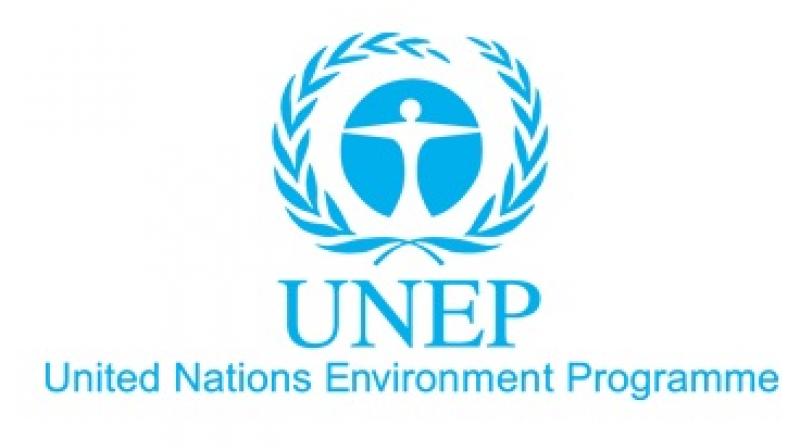By Muhammad Amaan
The United Nations Environment Programme (UNEP) has warned that the widening gap in climate adaptation finance for developing countries posed grave risks to lives, livelihoods and economies globally.
The warning is contained in the Adaptation Gap Report 2025, titled, “Running on Empty,” released on Wednesday ahead of the COP30 climate summit in Belém, Brazil.
According to the report, while adaptation planning and implementation are improving, developing countries will require over $310 billion annually by 2035 to adapt to worsening climate impacts.
This, the report said, was more than 12 times current international public adaptation finance flows.
United Nations Secretary-General António Guterres, in his message on the report, described adaptation as “a lifeline” for vulnerable nations facing the brunt of climate change.
“Climate impacts are accelerating. Yet adaptation finance is not keeping pace, leaving the world’s most vulnerable exposed to rising seas, deadly storms, and searing heat.
“Adaptation is not a cost; it is a lifeline. Closing the adaptation gap is how we protect lives, deliver climate justice, and build a safer, more sustainable world,” Guterres said.
UNEP Executive Director, Inger Andersen, also expressed concern that inadequate adaptation finance was compounding global risks as temperatures rise and extreme weather worsens.
“Every person on this planet is living with the impacts of climate change: wildfires, heatwaves, desertification, floods, rising costs and more.
“We need a global push to increase adaptation finance from both public and private sources without adding to the debt burdens of vulnerable nations. If we do not invest in adaptation now, we will face escalating costs every year.
“The reality is simple. If the world fails to invest in adaptation today, the cost of inaction will multiply in the years ahead,” Andersen stressed.
The report shows that international public adaptation finance to developing countries fell to $26 billion in 2023, down from $28 billion the previous year, leaving an annual gap of between $284 billion and $339 billion.
It also noted that, on current trends, the Glasgow Climate Pact goal of doubling international public adaptation finance to $40 billion by 2025 would not be met.
Despite funding challenges, the study noted that 172 countries now had at least one national adaptation plan or policy in place, though many were outdated and required urgent review to avoid maladaptation.
According to the document, countries reported over 1,600 adaptation actions through the Paris Agreement’s Biennial Transparency Reports, mostly in areas such as biodiversity, agriculture, water and infrastructure.
It clarified, however, that few had measured the actual outcomes or impacts of these actions.
“Support for new projects through major climate funds, including the Adaptation Fund, Global Environment Facility (GEF) and Green Climate Fund (GCF), rose to nearly $920 million in 2024, an 86 per cent increase compared with the five-year average between 2019 and 2023.
“The UNEP report cautioned that this increase could be temporary, as “emerging financial constraints make the future uncertain.”
The report further indicated that the New Collective Quantified Goal for climate finance, set at $300 billion per year by 2035, remained inadequate to close the adaptation finance gap, since it covered both mitigation and adaptation.
It warned that rising inflation and debt could further erode the capacity of developing nations to invest in adaptation unless new, concessional and non-debt-creating financing mechanisms were introduced.
The report also highlighted the need for greater private sector involvement, noting that current private flows for adaptation were about $5 billion per year, while the potential could reach $50 billion annually if supported through targeted policies and blended finance strategies.
It called for urgent collective action to mobilise resources, prevent maladaptation, and integrate climate resilience into financial systems.




